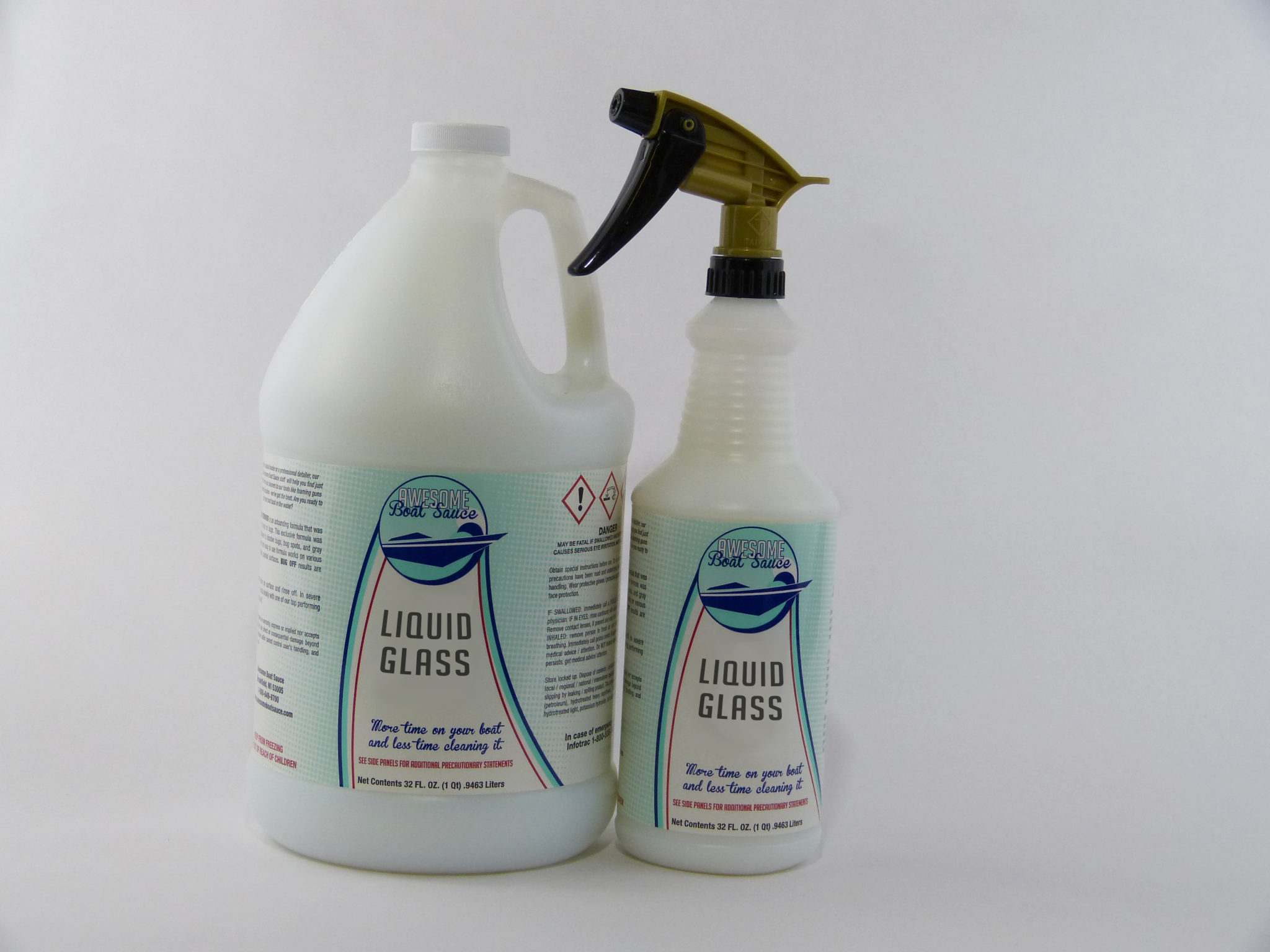
When the powder was exposed to moist air, it gradually formed a viscous liquid, which Glauber called " Oleum oder Liquor Silicum, Arenæ, vel Crystallorum" (i.e., oil or solution of silica, sand or quartz crystal). The mixture was allowed to cool and then was ground to a fine powder. In 1646, Glauber made potassium silicate, which he called liquor silicum, by melting potassium carbonate (obtained by calcinating cream of tartar) and sand in a crucible, and keeping it molten until it ceased to bubble (due to the release of carbon dioxide). Around 1640, Jean Baptist van Helmont reported the formation of alkali silicates as a soluble substance made by melting sand with excess alkali, and observed that the silica could be precipitated quantitatively by adding acid to the solution. Other possible early references to alkali silicates were made by Basil Valentine in 1520, and by Agricola in 1550. Giambattista della Porta observed in 1567 that tartari salis (cream of tartar, potassium hydrogen tartrate) caused powdered crystallum (quartz) to melt at a lower temperature. Soluble silicates of alkali metals (sodium or potassium) were observed by European alchemists already in the 1500s. Those with a higher SiO 2:Na 2O ratio are described as neutral.

Grades with ratio below 2.85:1 are termed alkaline. The ratio can vary between 1:2 and 3.75:1. In industry, the various grades of sodium silicate are characterized by their SiO 2:Na 2O weight ratio (which can be converted to molar ratio by multiplication with 1.032). The commercial product, available in water solution or in solid form, is often greenish or blue owing to the presence of iron-containing impurities. The product has a wide variety of uses, including the formulation of cements, passive fire protection, textile and lumber processing, manufacture of refractory ceramics, as adhesives, and in the production of silica gel. Sodium silicate is also the technical and common name for a mixture of such compounds, chiefly the metasilicate, also called waterglass, water glass, or liquid glass.

These compounds are generally colorless transparent solids or white powders, and soluble in water in various amounts. Sodium silicate is a generic name for chemical compounds with the formula Naħ.


 0 kommentar(er)
0 kommentar(er)
